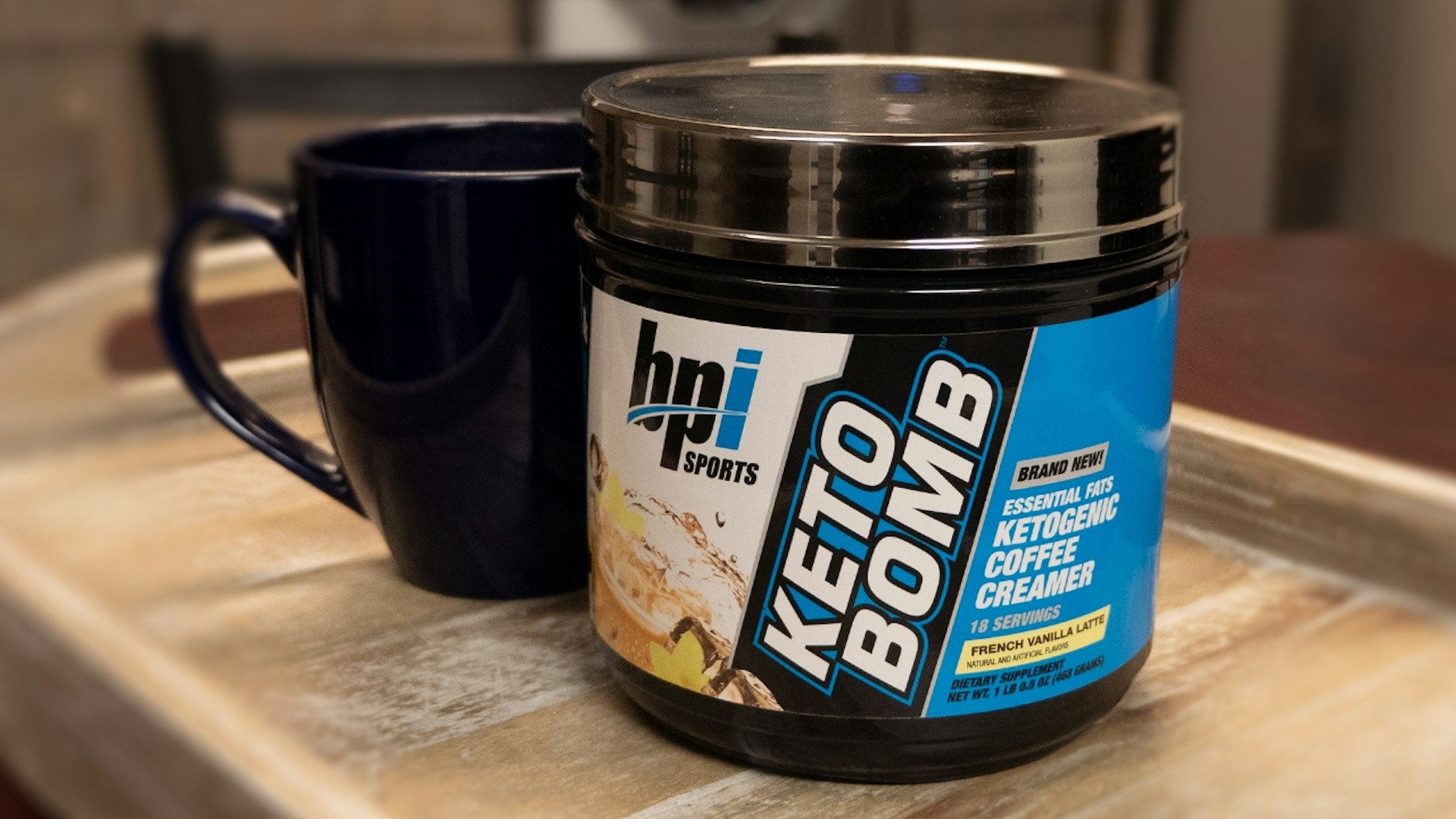Ricky Gervais and the BBC’s stunningly successful sit-com “The Office” has been a huge hit around the world spawning countless spin off’s and remakes.
The fact is that the comic situation transfers across cultural barriers. The exact idioms of the language may alter but essentially we see people in the show that we relate to in our own workplace – sometimes we even see ourselves.
The people are not the only aspect of the show tat transfers, so do the situations the characters find themselves in. Do these two quotes from The Office strike a chord?
Jim Halpert: Because right now, this is a job. If I advance any higher, this would be my career. And if this were my career, I’d have to throw myself in front of a train.
Michael Scott: This is our receptionist, Pam. If you think she’s cute now, you should have seen her a couple years ago.
These lines may be funny yet they point to something basic and fundamental pertaining to the work place: stress and more specifically work related stress.
The UK Health and Safety at Work Executive (HSE); the UK government’s Work related health and safety body define work related stress as: “the adverse reaction a person has to excessive pressure or other types of demand placed upon them.”
A certain degree of stress is healthy, t keeps us on our toes and drives us to achieve. In essence stress will cause us to lead more fulfilling lives. The difficulty is here however, is how do we create a healthy balance of stress because too much stress and anxiety is certainly harmful to your health and well-being? What techniques can we apply to encourage stress and anxiety relief in our lives? Stay with me for a short while and we’ll look at 10 simple ideas to initiate stress and anxiety relief at work.
Tune Into Your Body

A simple idea it may be, but one that is the key to unlocking the box to the other stress and anxiety relief techniques that we shall examine. Be aware of the degree of stress that you’re experiencing at any one moment in time. First of all you need to know when your stress levels are rising.
Measure your stress level on a scale of 1-10. While you’re at home find a time when you are alone and when you can lie down with your eyes closed. Put on your favourite music for relaxing or just sit in silence, whatever works best for you. Just let your mind wander and do not seek to hold your thoughts, no matter how fleeting. After 10 minutes or so you should be aware of level zero stress.
this is the gauge for measuring all other stress levels. During the day check into the scale and not the level of tension that you’re feeling: are your shoulders hunched and tense; how does your gut feel, is it tight and churning; is your jaw clenched?
Take time to move

Movement is a great way to reduce stress levels. Just by getting out of your seat and moving around you will find that you will feel a measure of stress and anxiety relief. A brisk walk during your lunch break and a short jogging session at the end of the day will reduce tension. Generally aim to keep fit anyway.
Take time for deep breathing

Simply breaths deeply, inhaling through the nostrils, after holding the breath for a count of three exhale slowly through the mouth.
Take time to use your minds power of imagery

This is another great way to bring stress and anxiety relief into the workplace. Just take a moment or two to imagine that yo are somewhere else. Hear the sound of the sea, create the vivid colours of the sky in your mind, soar of to your favourite place and do not wait for that distant vacation; go there today. The more vivid the images the better this stress and anxiety relief technique will work.
Take time to challenge your irrational thoughts

Be aware of you inner voice and the messages that it is sending to you. Often these thoughts are based on previous mind conditioning and the thoughts will be harmful and create unnecessary levels of stress. For example if you are under pressure to get something done by a particular time you may find yourself thinking” I must get this done or else I’m fired and I’ll need to find another job!” This is probably not the case and if it is then you’re probably better looking for another job anyway.
Take time to plan work into smaller manageable tasks

A large taks can be overwhelming and may need to be broken down into simpler easier to complete jobs. We meet more step by step targets this way and feel agreater sense of achievment after each step is finished. Give yourselfa reward for completing the smaller taks and do not wait for the final task before you give yourself a pat on the back.
Take time to reduce cafine intake

Have you ever seen a two-year old completely wired after chomping through a few cookies or drinking cola? Well that’s exactly what happens to all of us when we take in too much sugar or caffeine. However, unlike the nipper at home we can’t very well run around the office making airplane noises, we just carry the excess stress.
Take time to have a play break

Some professionals keep “squish” balls, or stress balls, in their work space a simple squeeze is all that is needed for rapid relief of stress and anxiety. Other people take a few minutes to play a game at www.addictinggames.com. They’re quick (less than five minutes), easy to play, and many don’t require a download.
Take time to Blow Off Steam – but fairly

don’t think that you can’t vent a little, but just remember words spoken in anger can haunt you for a long time if they’re read or overheard by the wrong person. Don’t put anything in email you don’t want the whole office to see.
take time to understand that a little stress is worthwhile
Finally, remember that it’s natural to feel stress when you leave your comfort zone. Some stress must be endured as you expand your horizons, learn new tasks and earn new responsibilities. That kind of stress may not be much fun, but in the long run, it’s worth it!






























